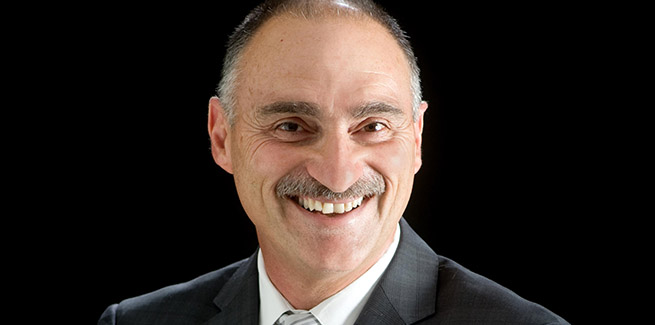The chairman of Property Investment Professionals of Australia (PIPA), Peter Koulizos, has flagged policy alternatives to the Australian Labor Party’s (ALP) proposal to limit negative gearing to new housing and halve the capital gains tax discount to 25 per cent.
Mr Koulizos acknowledged the need for government policy designed to assist first home buyers (FHBs) into the property market but warned against changes designed to reduce property prices.
“I truly believe that first home buyers must get assistance to get into the property market because it is good for them, good for the property market, good for the economy and good for the whole community,” he said
“However, there are better ways to assist first-timers than causing everyone’s property price to drop to seemingly make it cheaper and easier for them to get into the market.”
The chairman outlined policy alternatives that he said would reduce barriers for FHBs, which included the establishment of a government-financed mortgage fund, the introduction of a “shared equity scheme”, and changes to the First Home Owners Grant (FHOG).
Interest-free loans
Mr Koulizos has touted the idea of establishing an interest-free mortgage deposit fund, financed by the government.
According to the PIPA chair, the First Home Owner Interest-free Loan (FHOIFL) could be “more easily funded than a grant”.
Mr Koulizos claimed that the fund could assist FHBs to produce a 20 per cent deposit to avoid having to pay lenders’ mortgage insurance (LMI).
The chair of the property investors group said that FHBs could repay the government-funded loan once they’ve sold their property.
“This money can then go back into a pool of government funds that is used specifically for interest-free loans for other first home buyers,” he added.
Shared equity scheme
Another policy alternative proposed by Mr Koulizos is the introduction of a shared equity scheme, whereby the state government would retain equity in a property it sells to FHBs.
“Instead of selling on the open market, they make their homes available to purchase to a certain section of the market, who need to meet income and asset criteria, for, say, $400,000 and the state government retains $100,000 equity,” Mr Koulizos said. “In this example, the government has a 20 per cent share of the property.”
He added: “The purchaser of the property can either buy out the state government’s share at some stage or, alternatively, they need to give them 20 per cent of the proceeds when the property is sold.”
FHOG changes
An extension to the FHOG, which is currently limited to the purchase of new dwellings, has also been flagged by the PIPA chair as an alternative to the ALP’s housing policy.
Mr Koulizos pointed to data from the group’s 2018 PIPA Investor Sentiment Survey, which found that of the 820 FHB investors surveyed, 80 per cent said they purchased established dwellings.
“While restricting the grant to new properties was no doubt a strategy to assist the construction sector, it is very difficult to make housing more affordable for all when you are only focusing on just 2 per cent of all properties,” Mr Koulizos said.
“State governments should extend the FHOG to include established properties, so we are not forcing first home buyers to buy new dwellings, which are generally found on the urban fringes or new units, which tend to be tiny apartments.
“It’s unfair that first home buyers are almost being forced to buy a new property, which history shows us also won’t grow as much in value as an existing one.”
Further, Mr Koulizos proposed that the FHOG be increased to reflect the rise in dwelling values over the past few decades.
The PIPA chairman said that home values have increased at a “much greater rate” than the FHOG grant, which was introduced in 2000 by former Prime Minister John Howard.
Mr Koulizos noted that the original $7,000 grant was about 2.4 per cent of the Sydney median house price of $287,000 in 2000, adding that by 2019, the $10,000 NSW grant represented approximately 1.19 per cent of the median house price of $840,000.
“It’s clear that the grant needs to be increased to reflect today’s property prices, not what they cost nearly two decades ago,” Mr Koulizos said.
“Also, a Productivity Commission report found long ago that grants do not increase property prices by the same amount.
Mr Koulizos added: “The FHOG’s function has always been to help first-time buyers save a deposit.”
[Related: Tax changes could dampen FHB savings capacity]
 ;
;
